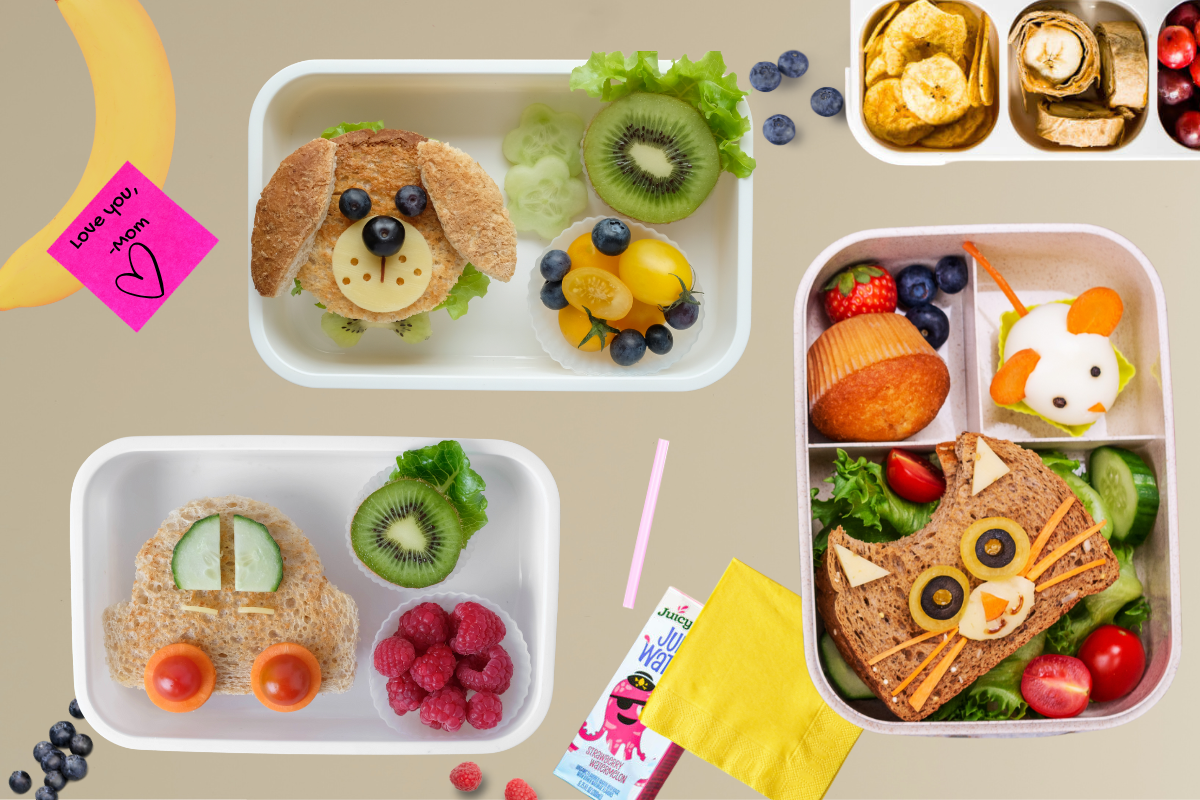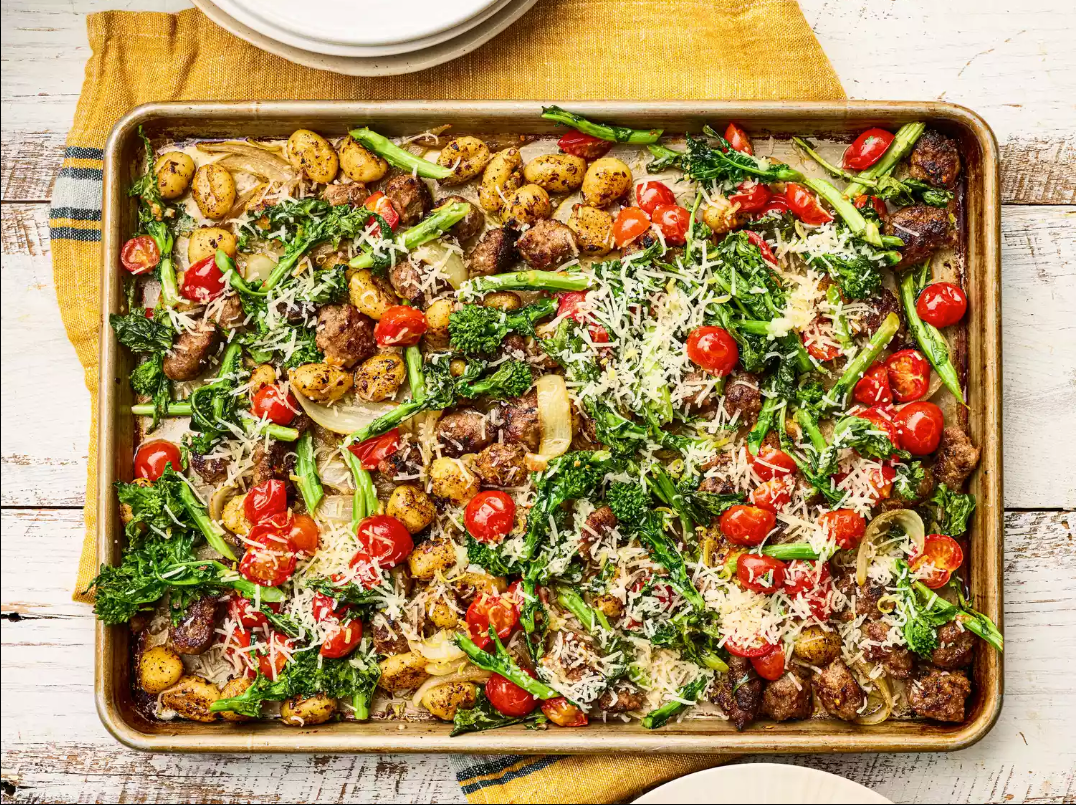Understanding Auto Insurance Rates: Claim Frequency and Severity
Insurance can often feel like a complex puzzle, with premiums that rise without explanation. However, at its core, insurance is a straightforward equation based on two key factors: claim frequency and claim severity. Understanding how these elements interact can shed light on why rates change and what you can do to manage your premiums.
Claim Frequency: The "How Often"
Claim frequency refers to how often insurance claims are filed. If an insurance company sees an increase in claims across a particular category—for example, a spike in car accidents in a given region—it assumes a higher risk of future claims and adjusts premiums accordingly. Even if the individual claims are minor, a consistent uptick in claim frequency can drive rates upward for everyone in that category.
Claim Severity: The "How Much"
Claim severity, on the other hand, deals with the cost of those claims. A single claim for a high-value incident, such as a total vehicle loss or a major home disaster, can significantly impact rates. For instance, the average cost of parts and labor for a property damage liability claim—an accident that only resulted in damage to the other person’s vehicle, not any bodily injuries—was $1,125.00 in 2000. By 2010, that average had increased to $3,100, and by 2020 it had risen to $5,215.00. When the average cost of claims rises this significantly, insurers must increase premiums to cover these higher payouts.
Real-World Examples
Some vehicles provide clear examples of how claim frequency and severity influence insurance rates. For instance, Kia and Hyundai vehicles often have higher insurance premiums compared to other cars in the same price range. Why? Because certain Kia and Hyundai models are easier to steal, leading to a higher claim frequency for theft. This increased risk makes insuring these vehicles costlier for both the insurer and the policyholder.
Similarly, high-performance vehicles like sports cars often face higher premiums due to the combination of higher claim frequency (more accidents) and higher claim severity (costlier repairs or total losses) even if the sports car costs less than other vehicle options. These factors compound to create a more significant impact on rates.
The Balancing Act
Here's the crux of the matter: when either claim frequency or claim severity increases, it can affect your rates. However, when one factor rises while the other stays flat or decreases, insurers may manage to keep premiums steady. For example, if claim frequency drops but the cost of claims increases, the overall impact might balance out.
But when both claim frequency and severity rise? That’s when the real trouble begins. Premiums can skyrocket, leaving policyholders feeling the pinch.
What Can You Do?
While some factors influencing claim frequency and severity are out of your control (like regional weather patterns or economic trends), there are steps you can take to minimize your own risk:
- Get an estimate before you buy: Remember, it’s not just the replacement cost of the vehicle that determines the risk assessment by insurance carriers. A sports car might be valued at half of what an SUV may be valued for example, but the insurance may cost the same or more based on the factors outlined previously.
- Drive Safely: Avoid traffic violations and accidents to help keep auto claim frequency low.
- Maintain a Good Credit Rating: While you may not be able to improve your credit score immediately, you can enhance it over time to lower your rates..
- Consider Higher Deductibles: A higher deductible often leads to lower premiums, as it reduces the insurer’s exposure to smaller claims.
- Rely on Wheat State Insurance: As an independent insurance agency, Wheat State Insurance works for you, not the carriers. With access to a robust list of insurance providers, we can compare rates and coverage options to ensure you get the protection you need at the most competitive price.
A Final Thought
As one insurance agent aptly put it: "When one goes up and the other stays flat or goes down, it stays the same. If both go up… you’re screwed." While blunt, this statement highlights the importance of understanding the dynamics behind insurance rates. By being proactive and informed, you can better navigate the world of insurance and protect your financial future.














